Planning Pays Off: 5 Strategies to Get the Most Out of Your Delivery Speed Choice
November 10, 2024
5 min read
Introduction
Convenience reigns supreme in e-commerce, but an alarming trend threatens to undermine customer trust and bring it all down: fake delivery attempts.
A recent study shows that 12–15% of all unsuccessful deliveries are fraudulent, resulting in higher return to origin (RTO) rates and lost brand trust. This alarming statistic shows how necessary it is to take effective countermeasures.
Enter WhatsApp bots, a powerful tool in the fight against delivery fraud, so every customer gets a safe shopping experience. Let’s see how these digital assistants can help safeguard your parcels and maintain customer satisfaction.

Understanding Fake Delivery Attempts
Fake delivery attempts occur when delivery personnel falsely report that a customer is unavailable to receive a package. It can also occur when users receive calls or messages regarding packages they have not ordered.
This deceptive practice can stem from various factors, including:
- Unplanned route assignments
- Incorrect delivery addresses
- Space optimization pressures at logistics hubs
These fraudulent attempts frustrate customers and incur significant costs for businesses.
5 Tips to Prevent Fake Delivery Attempts
Finding a solution to stop fake delivery attempts is essential for a safe shopping experience. Now, we will look into five tips that can help prevent fake delivery attempts:
Implement Real-Time Tracking with WhatsApp Delivery Updates
Use WhatsApp bots to provide customers with real-time tracking information. This transparency reduces the likelihood of fake attempts going unnoticed. With WhatsApp’s high open rate and delivery rate, you ensure that customers stay informed throughout the delivery process.
Enjoy Two-Way Communication
Use the power of WhatsApp bots for seamless two-way communication between customers and delivery personnel. This allows for quick address verification and delivery time confirmation, reducing the chances of failed attempts due to miscommunication.
Incorporate Geofencing Technology
Integrate geofencing with your WhatsApp delivery system. This technology verifies the delivery person’s location when marking an order as undelivered, effectively combating fake attempts. Companies using this method have reported a 25% reduction in fraudulent delivery claims.
Implement Automated Customer Feedback
Set up automated feedback requests through WhatsApp bots immediately after a reported delivery attempt. This quick follow-up helps identify discrepancies between the delivery person’s report and the customer’s experience, allowing for prompt investigation of potential fake attempts.
Optimize Route Planning with AI
Employ AI-powered route optimization algorithms integrated with your WhatsApp bots. This ensures efficient route assignments, reducing the likelihood of overburdened delivery personnel resorting to fake attempts. Proper route planning can significantly improve delivery success rates and customer satisfaction.
Conclusion
With e-commerce experiencing an all-time high growth rate, the Indian logistics market is poised for growth of 8.8% annually. Preventing fake delivery attempts in a fast-changing marketing world is crucial for operational efficiency and customer trust.
By leveraging the power of WhatsApp bots and implementing these five strategies, businesses can reduce fraudulent delivery claims, enhance customer satisfaction, and streamline their logistics operations.
Collaborate with safe delivery partners to give all your customers a fast and secure shopping experience. Use services like Delta from Shipyaari to ensure that you provide a fulfilling delivery option to your buyers.
Sign up today to boost sales and enjoy fast, secure delivery!
Frequently Asked Questions
Studies indicate that 12-15% of unsuccessful deliveries are fraudulent attempts, which impacts customer trust and increases return-to-origin rates.
Yes, WhatsApp bots can significantly reduce fake attempts by providing real-time tracking, enabling two-way communication, and facilitating immediate customer feedback.
Geofencing helps catch and avoid fraudulent delivery claims by verifying the delivery person’s location when an order is marked as undelivered.
Efficient route planning reduces the likelihood of overburdened delivery personnel resorting to fake attempts, improving overall delivery success rates.
Suggested Reads
Hyperlocal Personalization: Tailoring Experiences for Local Customers
Introduction The eCommerce industry in India has witnessed a rapid growth of hyperlocal services in
Continue ReadingDec





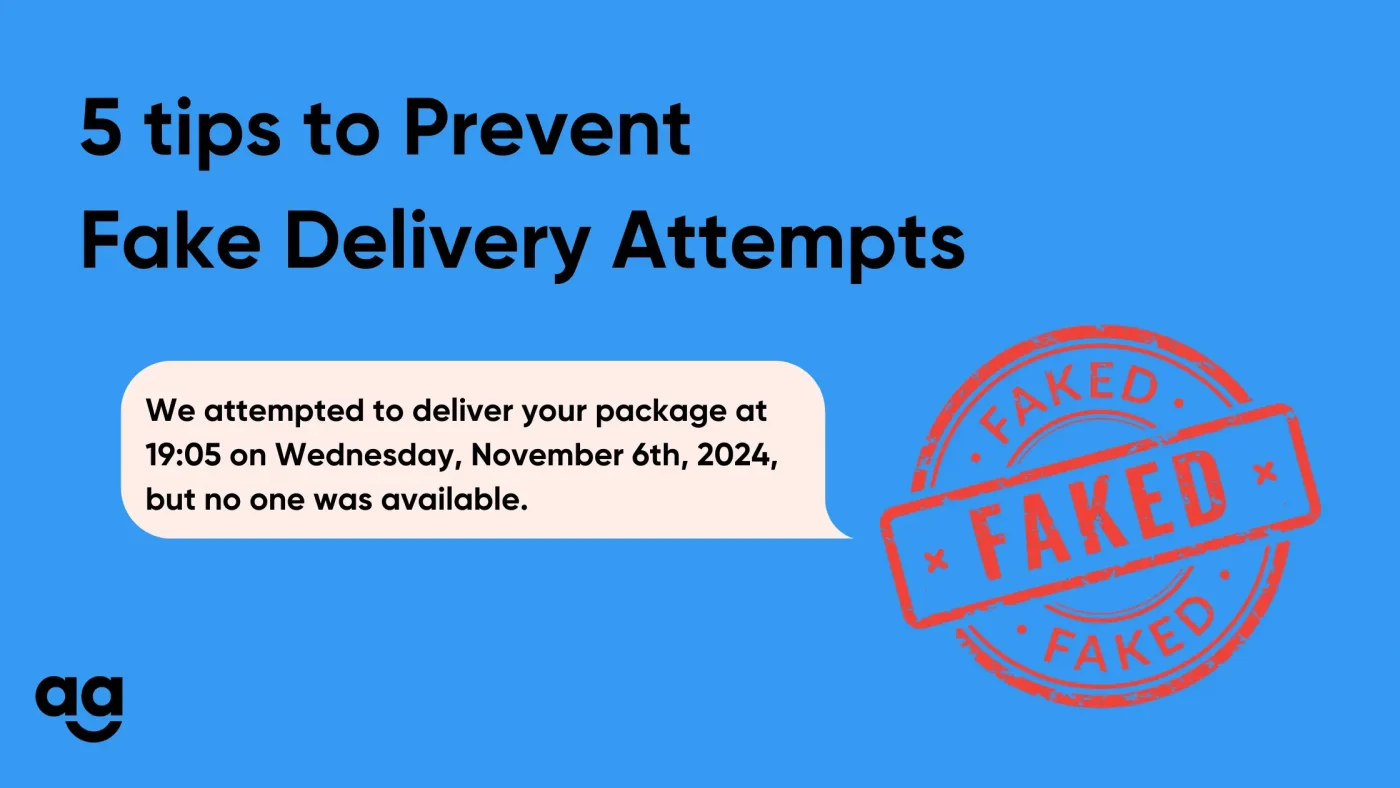







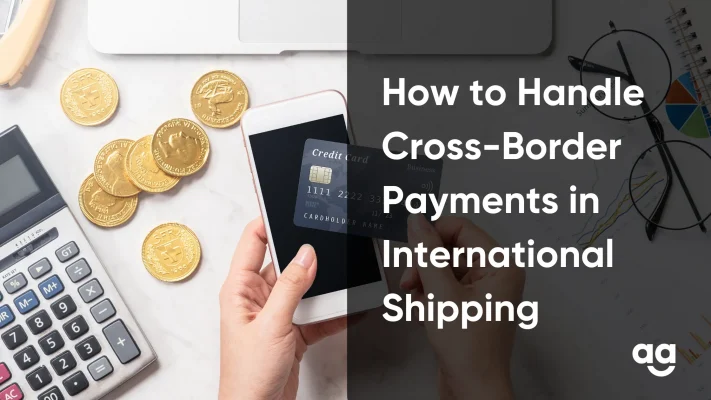

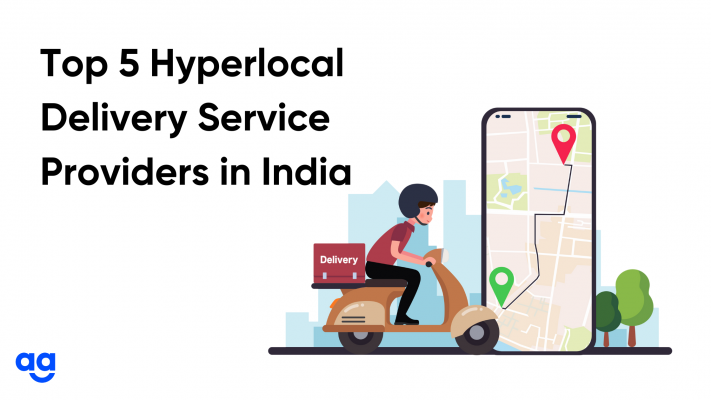
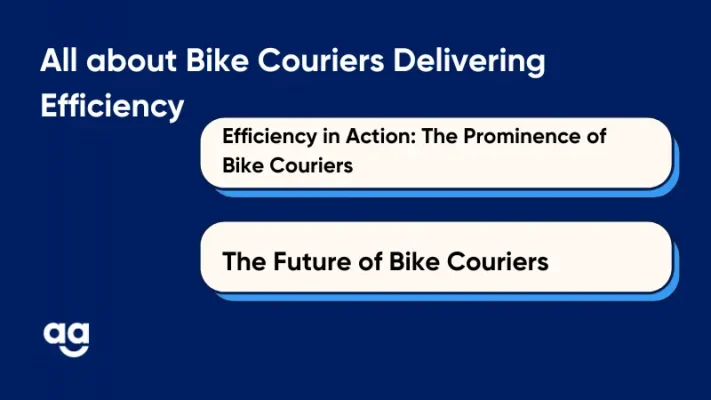
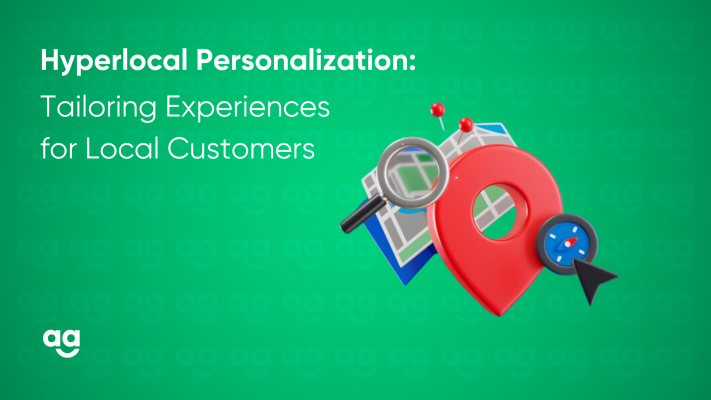
 Shipping
Shipping







